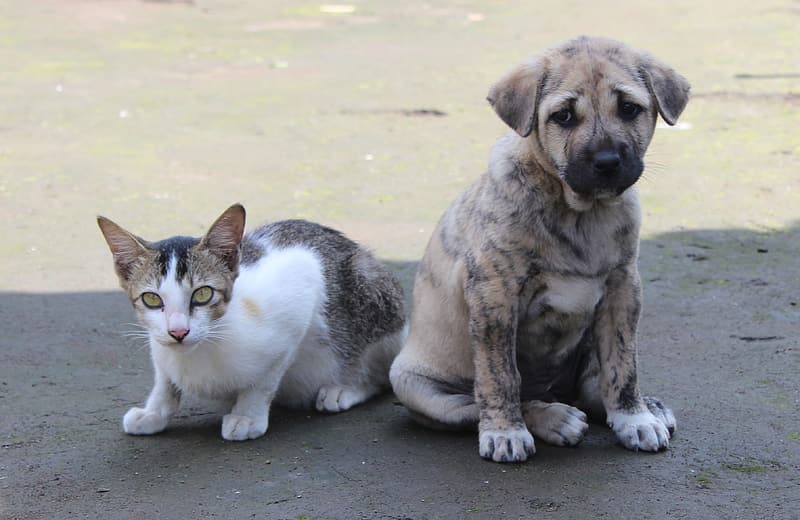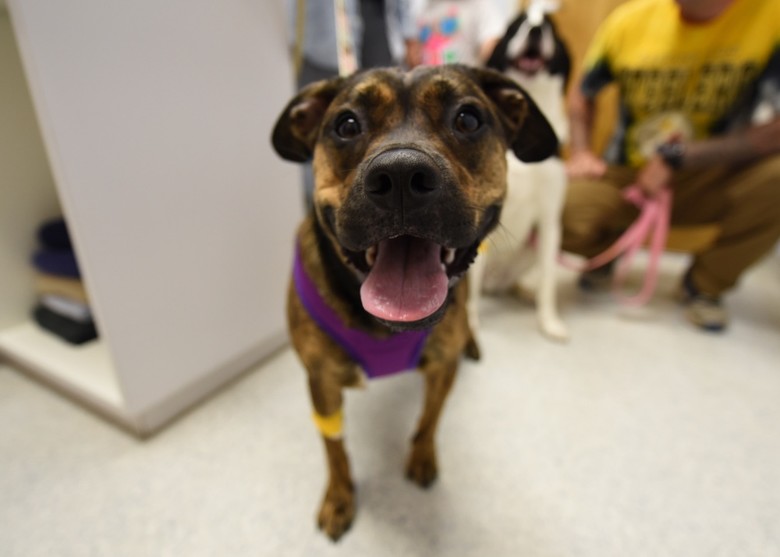In previous posts I’ve shared information about diabetes mellitus in both cats and dogs. This week, I’m expanding our discussion to include information about a potentially life-threatening complication of this hormone disorder called diabetic ketoacidosis or DKA. I hope you find this post helpful and shareworthy. Happy reading!

What is DKA?
Cells throughout the body need energy to function properly. A major source of cellular energy is glucose or sugar. Insulin is required for glucose to move from the bloodstream into cells. Without insulin, cells are deprived of energy, and glucose accumulates in the blood (called hyperglycemia). As blood glucose arises, sugar eventually spills over into urine made by the kidneys (called glucosuria).
When cells don’t get enough glucose, the body tries to find another energy source. This alternative energy source is fat. Think keto diet. The premise of the keto diet is eating foods that force the body to turn fat into fuel.
Diabetic ketoacidosis is the keto diet gone to hell in a hand basket.
Why? Ketones are acids. Too many acids in the blood is life-threatening. There are three types of ketones (also called ketone bodies):
- Acetone
- Acetoacetate
- Beta-hydroxybutyrate
Diabetic ketoacidosis is a complicated form of diabetes mellitus characterized by:
- Hyperglycemia (elevated blood glucose)
- Glucosuria (excess glucose in urine)
- Production of ketone bodies that causes blood to become acidic
Patients with DKA typically have a concurrent medical condition that antagonizes the body’s insulin. When the body is sick with a disease or illness, it makes other hormones called counter-regulatory hormones: glucagon, epinephrine, growth hormone, and cortisol. These hormones fight against the effects of insulin. This interaction creates a state of insulin deficiency that can be relative or absolute. The most common concurrent diseases are acute pancreatitis and urinary tract infection.

What does it look like?
Patients with diabetic ketoacidosis typically have some or all of the following clinical signs:
- Lethargy
- Weight loss
- Vomiting
- Polyuria (increased urination)
- Polydipsia (increased thirst)
- Reduced (or loss of) appetite
Other clinical signs may be present depending on concurrent medical conditions. For example, pets with a urinary tract infection may have blood in their urine, need to urinate more frequently, only urinate small volumes, and/or strain to urinate. Many dogs and some cats with acute pancreatitis show signs of restlessness and abdominal discomfort.

How it is diagnosed?
A veterinarian will perform some non-invasive testing to confirm DKA. These blood and urine tests are:
- Blood glucose
- Urinalysis
- Serum ketones
- Venous blood gas analysis (indirectly checks the acid level in blood)
Once the doctor confirms diabetic ketoacidosis, further diagnostic investigation will be recommended to screen for concurrent conditions like acute pancreatitis and a urinary tract infection. Tests that may be recommended include:
- Complete blood count
- Serum biochemical profile
- Urine culture
- Gastrointestinal profile
- Abdominal sonography
- Chest radiographs (x-rays)
- ACTH stimulation test
- Infectious disease screening (depending your geographic location)

How is DKA treated?
Most cats and dogs with DKA benefit from hospitalization for around-the-clock supportive care. As mentioned earlier, diabetic ketoacidosis is life-threatening. Without appropriate interventions, pets will succumb to their disease. Treatments typically include:
- Serial monitoring – commonly evaluated parameters are vital signs, blood pressure, electrolytes (e.g.: sodium, potassium, magnesium), body weight, venous blood gas, blood glucose, and serum ketones
- Intravenous fluid therapy
- Mineral and electrolyte support (particularly potassium, phosphorus, and magnesium)
- Nutritional support (potentially including a temporary supplemental feeding tube if a pet is unwilling to eat on their own)
- Insulin therapy to control blood glucose
- Anti-nausea medication
- Antibiotic therapy
- Pain management
Outpatient management may be possible for some DKA patients who are willing to eat adequately on their own. However, conservative interventions for those meaningfully affected and unwilling to eat carries a poor prognosis. With appropriately aggressive care, the overall prognosis is guarded with an overall mortality rate of ~25%.

The take-away message about DKA in cats & dogs…
Diabetic ketoacidosis or DKA is a potentially life-threatening complication of diabetes mellitus. Early diagnosis and interventions are needed to maximize the likelihood of a positive outcome.
To find a board-certified veterinary emergency and critical care specialist, please visit the American College of Veterinary Emergency and Critical Care.
To find a board-certified veterinary internal medicine specialist, please visit the American College of Veterinary Internal Medicine.
Wishing you wet-nosed kisses,
CriticalCareDVM





